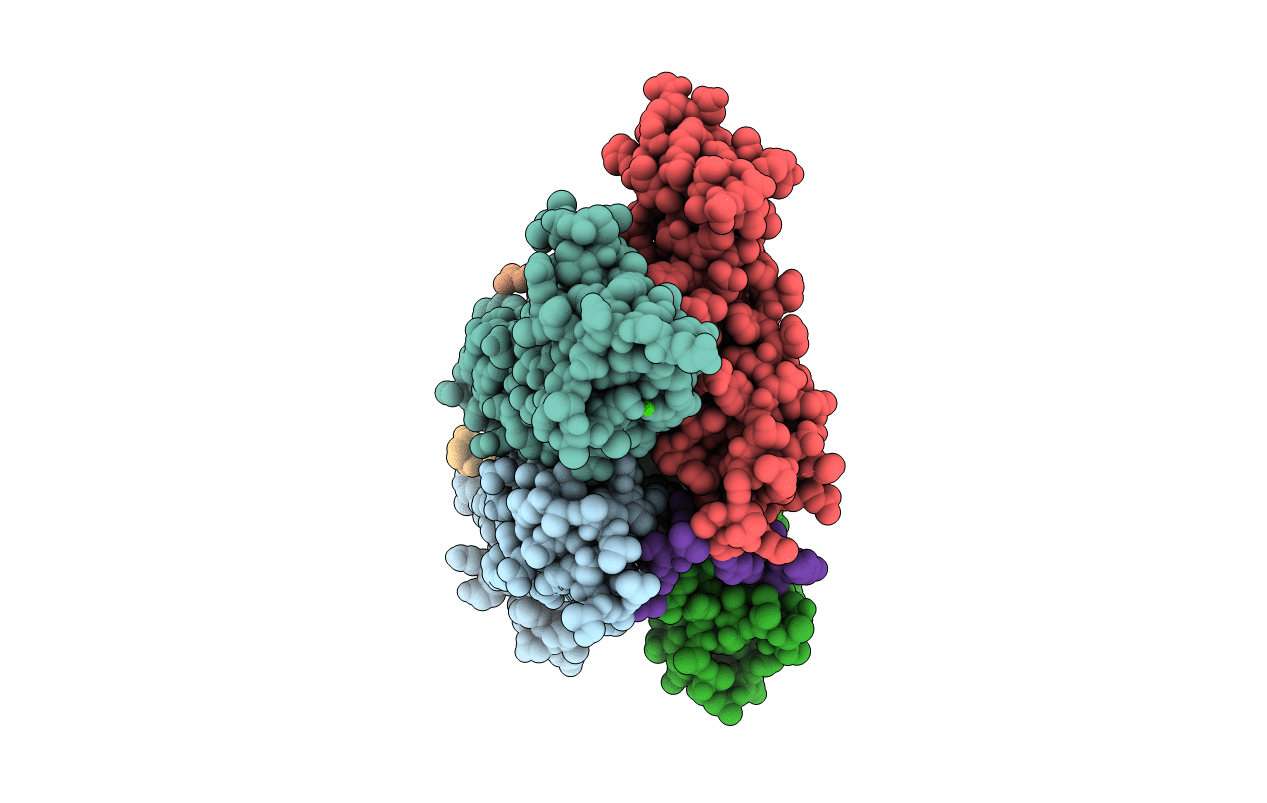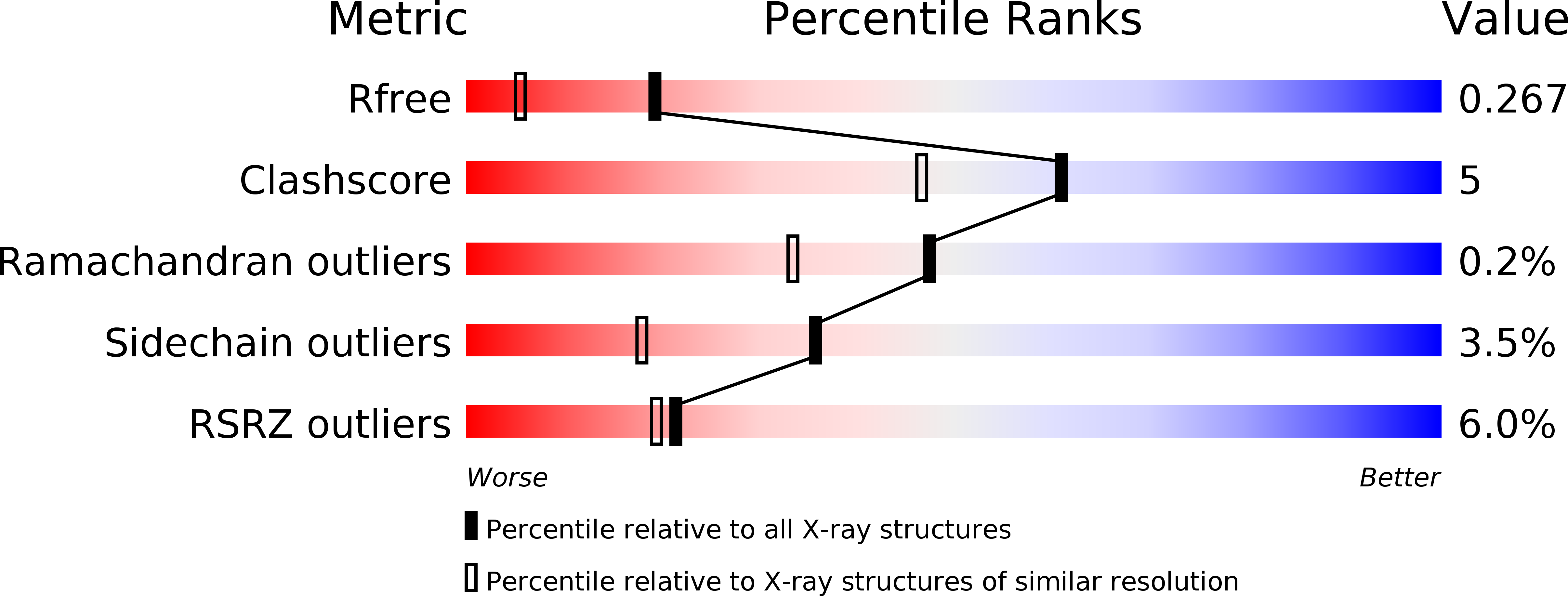
Deposition Date
2017-01-10
Release Date
2018-10-24
Last Version Date
2024-01-17
Entry Detail
PDB ID:
5MTW
Keywords:
Title:
Mycobacterium tuberculosis Rv1957 SecB-like chaperone in complex with a ChAD peptide from Rv1956 HigA1 antitoxin
Biological Source:
Source Organism:
Host Organism:
Method Details:
Experimental Method:
Resolution:
1.84 Å
R-Value Free:
0.26
R-Value Work:
0.21
R-Value Observed:
0.21
Space Group:
P 21 21 21


